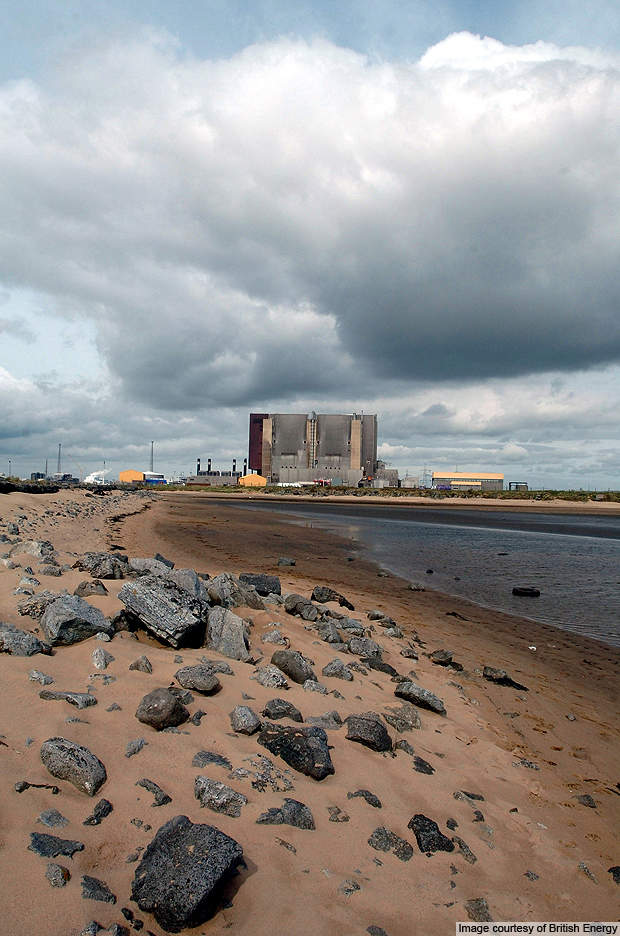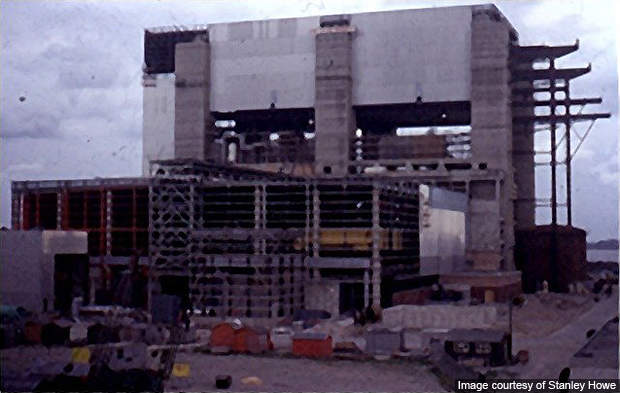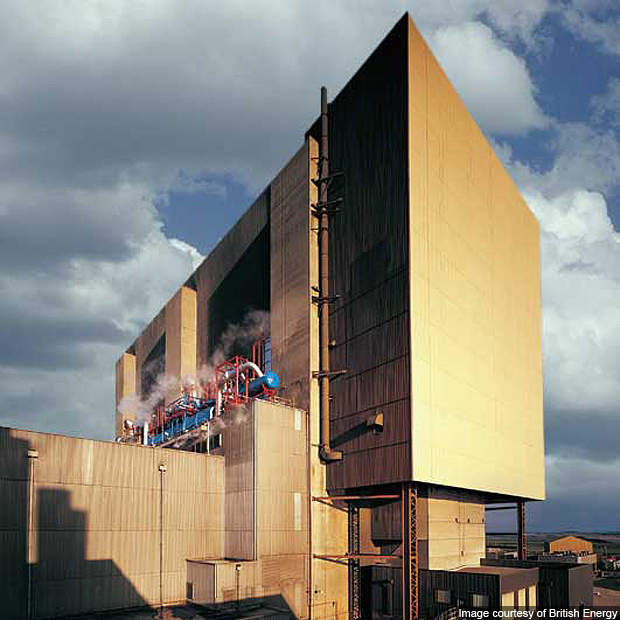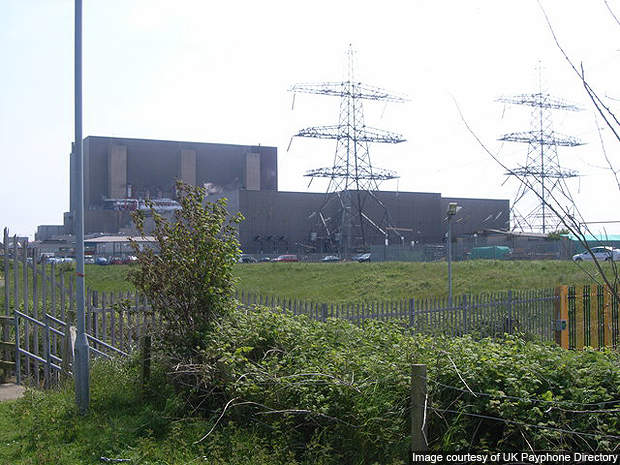Hartlepool Nuclear Power Station is located on the northern bank of the Tees River, 2.5 miles south of Hartlepool in Durham County of north-east England. It is owned and operated by EDF Energy.
The plant was approved in 1967 and construction commenced in 1969. Power generation began in 1983 prior to the plant’s completion in 1985.
The plant features two advanced gas-cooled reactors (AGRs). It is the third power station in the UK to use this technology, the other two being Dungeness B and Heysham 1. It is also the first power station to be built close to an urban area, being located 2.66km from the riverside Seaton Carew resort and in the centre of the Teesside Industrial Complex.
The plant currently generates 1,190MW of energy which is sufficient to power 1.5m households. The plant is scheduled to close in 2014 for construction of a new nuclear power station at the site. It is one among the eight sites that have been chosen by the British Government to construct future nuclear power stations.
The first of these power stations is scheduled to become operational by 2020.
The new plant is estimated to cost between £1bn and £2bn. It will take six years for construction and will have an operating life of 60 years.
The site is currently under public review. While the construction of the new station is welcomed by a section of people as it creates employment in the region, it has also been opposed by the locals and organisations such as Greenpeace.
History
The Hartlepool nuclear plant was approved in a move to reduce dependence on coal fired plants and adopt alternative means of electricity generation. As the plant was being constructed very close to an urban area, the reactors were required to be housed in pre-stressed concrete pressure vessels to make it acceptable to the surroundings.
There was, however, delay in the construction during 1970. The Nuclear Installations Inspectorate withheld £25m on the project due to unsatisfactory boiler design.
Hartlepool nuclear plant was originally owned by the Central Electricity Generating Board. After the privatisation of the UK’s electricity market in 1990s, it was owned by Nuclear Electric and British Energy. Later, in 2009, it was completely taken over by EDF Energy.
The plant was expected to close down in 2009, but was permitted to extend further by five years in 2007 by the Nuclear Installations Inspectorate.
Development
The nuclear plant was constructed by Nuclear Design & Construction (NDC), a consortium of English Electric, Babcock International Group and Taylor Woodrow Construction.
The two AGRs and generators were supplied by National Nuclear Corporation and General Electric respectively.
After 20 years of construction, the first reactor was commissioned in 1983 and the second in 1985.
nuclear plant details
The AGR has an installed capacity of 1,575MWth. The two reactors heat 660MWe generators to produce a maximum capacity of 1,320MW.
Each of the reactors has eight boiler closure units (BCUs), which form part of the reactor pressure boundary. Each BCU, in turn, is pre-stressed with nine layers of wire windings on its outer periphery.
The AGR technology
AGR is a second-generation British gas-cooled nuclear reactor. It uses graphite as a neutron moderator and carbon dioxide as a coolant. The first prototype became operational in 1962 while the technology first became commercially viable only after 1976.
AGR is an advanced version of the first generation Magnox reactor. As it operates at a high gas temperature to enhance thermal efficiency, it requires stainless steel fuel cladding to withstand such temperatures.
The stainless steel fuel cladding has a high neutron capture cross section which requires enriched uranium.
This enables higher burn-ups of 18,000MWt-days per ton of fuel resulting in less frequent refuelling. It can be refuelled without being shut.
AGR power stations are configured with two reactors in a single building. The reactors drive 660MWe turbine-alternate set to generate 1,500MWt each.
The carbon dioxide coolant circulates through the core at a maximum temperature of 640°C and pressure of 580psi. It passes through the steam generator outside the core but still within the steel lines, reinforced concrete pressure vessel. This results in AGR having 41% thermal efficiency compared to pressurised water reactors, which have a thermal efficiency of 34%.







